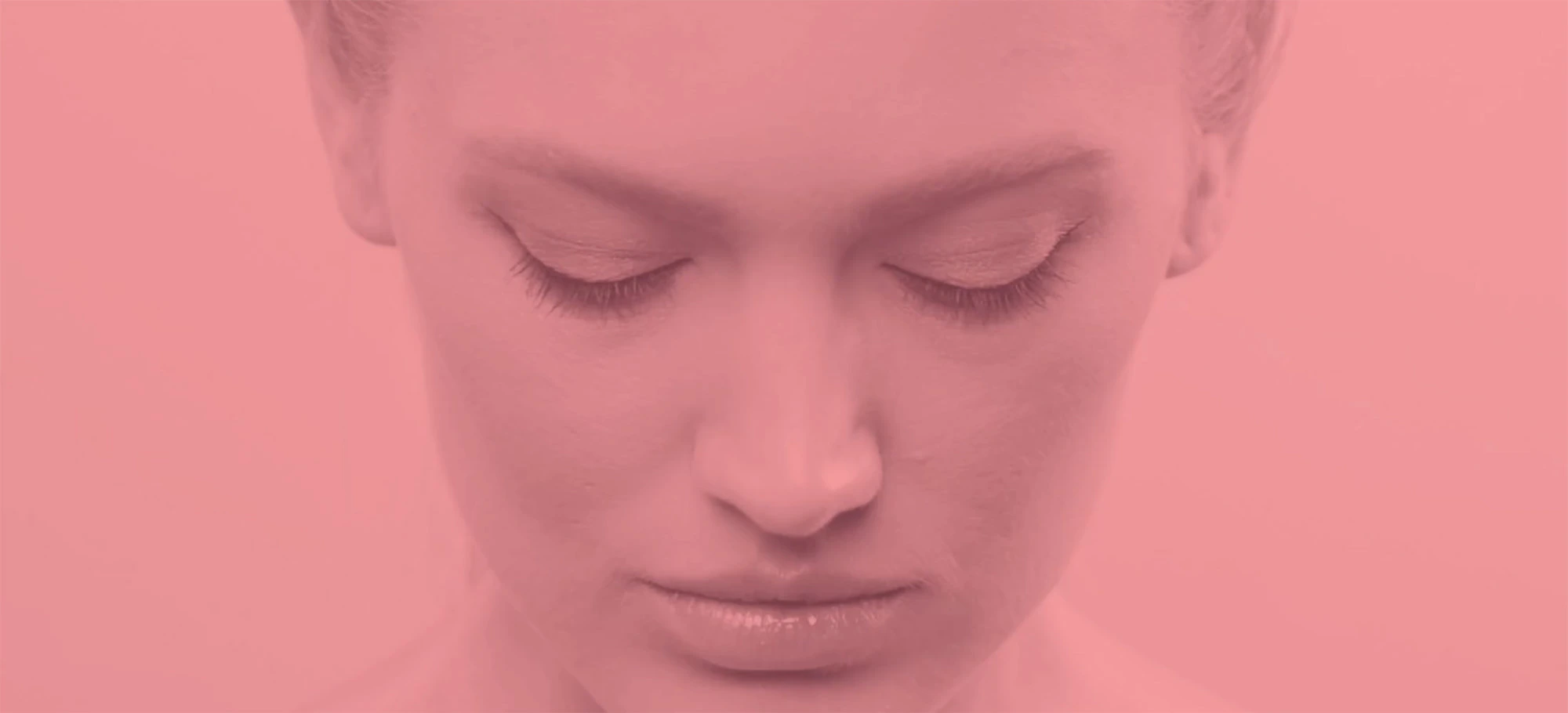Otoplasty
Our genes largely dictate the shape and size of our ears. In these respects, ears can vary enormously between individuals as well as between the right and left side. In situations where the ears appear to be particularly prominent or when the shape looks decidedly out of the normal, psychological effects are often experienced. The child with protruding ears is often the subject of continuous taunts and teases that remind them again and again of their deformity. Feelings of self- consciousness, rejection and hostility can become underlying reactions to lack of peer acceptance. While adults generally do not express such attitudes openly, the grown individual frequently maintains the same sensitivities that were present during childhood. Although fortunately long hair can cover the ears, these can become obvious in windy conditions or when the hair is wet. If the ears are very prominent however, practically no hairstyle can hide them.
More recently, a fuller understanding of the anatomy and the development of the ear has allowed us to treat prominent or deformed ears non surgically in the first 8 weeks of life. This basically consists of a 6 week period of splintage. In 95% of early cases treated in this way, surgical intervention will not be required. Sadly if splintage is not performed at this critical early stage then the deformity will persist and thus will require surgical intervention if it is to be corrected. In these cases surgical correction can be performed quite effectively as early as the fourth year. Most surgeons would recommend having surgery just before a child starts school. In the preschool age group the deformity is often unnoticed by playmates and so the psychic trauma is minimised. Once school begins however, the situation frequently changes. In all cases parents should stay alert to their child’s feelings about protruding ears along with any effects this may engender.
Providing one understands that the goal of otoplasty is improvement and not perfection, it can be ranked as one of the more successful cosmetic surgery procedures. If you’ve discussed the procedure and your expectations before the operation, chances are you’ll be quite pleased with the result. By significantly improving the appearance of prominent or misshapen ears, successful otoplasty can also boost an individuals personal confidence and self esteem.
Frequently asked questions
Consultation
Consultation preoperatively accomplishes several objectives. A thorough medical history and appropriate physical examination will be taken to ascertain your health status. If you are a smoker you will be asked to stop smoking well in advance of the cosmetic surgery. Smoking seriously constricts blood vessels and therefore decreases blood flow to a given area resulting in poor healing. Aspirin and certain anti-inflammatory drugs and other medications (discussed in DO’& DON’TS section) can cause increased bleeding, so you must avoid these. Details of any previous ear surgery will be noted. Ear asymmetry is usual and will be pointed out. Many times even when only one ear appears to protrude, reconstructive surgery is performed on both ears for a better balance. This will be better assessed at the consultation. It will also be determined what procedure would be more appropriate for you. As there are a number of variations of ear protrusion and deformity, each one must be treated in a different manner. In addition, cosmetic surgery can also imporve large, stretched or even split earlobes or lobes with large creases and wrinkles. This will be discussed with you at the time of the consultation.
The Operation
The main surgical objective in the correction of prominent or misshapen ears is to reduce the protrusion and at the same time to provide a normal configuration when the ear is viewed from the side. This objective is achieved by modifying the flexibility of the cartilage beneath the skin thereby altering the shape and position to a more desired appearance. The procedure is performed in theatre and usually takes about 45 minutes. It is usually carried out with the use of local anesthesia, mainly with sedation, or alternatively with a general anesthetic. In most types of procedures for prominent ear correction an incision (about 4-5 cm) is usually made in the skin in the groove behind the ears where any remaining surface scar will not be directly visible. Occasionally however incisions are placed on the front surface of the ear, although these are placed inconspicuously within the normal contours or creases. After reconstruction/correction of the shape and position of the ear is accomplished, the incisions are sutured and the ears are carefully padded with cotton wool and a bandage is applied.
Post Cosmetic Surgery
For the first couple of days after the cosmetic surgery, the ears will feel quite sore. Painkillers will be given to you to relieve this. As mentioned, after your cosmetic surgery you will find you have a bulky head bandage in place. This is necessary so that the newly achieved position of the ears can be maintained while the initial moulding and healing is taking place. It also minimises swelling and discomfort and allows you to turn from side to side when asleep without painful pressure. Although the bandage is characterised by most patients as the worst thing about the whole operation(patients often want to scratch their itchy ears!), it is nonetheless very important for achieving optimum results. It is kept on for a period of one week then removed along with the stitches. After the bandage is removed, it is advised you wear a head band at night for approximately 6 weeks which serves the purpose of holding the ears back and therefore protecting them from any inadvertent injury which may occasionally occur whilst sleeping.
Effects of cosmetic surgery
When the bandage comes off after cosmetic surgery you should expect significant bruising and swelling. Sometimes this bruising is quite spectacular. Swelling and bruising can take up to 3 weeks to disappear. Despite the swelling however the improvement in their prominence will be apparent. Numbness of the ears is common after ear correction. This numbness eventually returns to normal, although the process may take many months to completion. Alternatively some people complain of hypersensitivity in the ears reporting excessive throbbing or discomfort particularily in cold weather. Again this eventually resolves. You should avoid contact sports for 3 months after surgery as the ears are still quite sensitive during this time and may be damaged easily by any ensuing injury.
Complications
All plastic or cosmetic surgeries carries some uncertainty and risk. When otoplasty is performed by a qualified Plastic Surgeon, complications are infrequent and usually minor. Still, individuals vary greatly in their anatomy, their physical reactions, and their healing abilities, and the outcome is never completely predictable. Probably the most common is residual irregularity in the cartilage when the ear is viewed from either frontal of side angles. It should be noted however, that both ears are never exactly alike, even in the normal state, and that perfect symmetry is therefore not a reasonable expectation. Significant degrees of differences may however require some secondary adjustment. Mild infection around the stitches is common following ear reconstructive surgery but this normally resolves itself quite quickly. Antibiotics would be prescribed as deemed necessary. Occasionally the wound behind the ear may loose adhesion and open up partially. This inevitably heals up again of its own accord although attention to dressings will be required. The final appearance of any scar is impossible to predict. Thankfully in most cases of prominent ear correction the scar is hidden behind the ear. Nevertheless you should always expect these to appear red raised and lumpy in the first few months after cosmetic surgery. After this time however these usually soften and fade. In rare cases the development of permanent, hard, thick scar tissue (keloid scars) can occur. Bleeding, as in any operation can occur. Despite meticulous care taken during the operation to stop any bleeding from the small blood vessels divided during surgery, occasionally, a small blood vessel leaks postoperatively. The development of what is termed a haematoma (collection of blood under the skin) would then occur. If deemed significant then this would require drainage. One of the purposes of the head bandage and careful padding is to minimise the risk of this collection, which is why it should not be disturbed. As a result of excessive swelling and bruising, occasionally the skin on the front of the ear forms a blisterwhich subsequently breaks down and forms a scab over this. This normally heals up again of its own accord although it may take up to 4 weeks and may leave behind a small scar. Finally the operation has no adverse effects upon the hearing mechanism, which involves the inner ear structures. You can reduce your risks by closely following your surgeon’s advice both before and after cosmetic surgery.
Getting Back to Normal
Most adults can go back to work as soon as the bandage comes off. Children can go back to school after this time although it may be wise to ask a child’s teacher to keep an eye on them for the first few weeks.




